NYC Classrooms struggle with marijuana and high students
The Cannabis landscape has changed, and so have what schools experience
But teens exploring and experimenting with marijuana is not a novel occurrence. For decades, adolescents have been known to test boundaries and societal norms, often leading to instances of drug use, including marijuana. However, the landscape around the legality and availability of marijuana has transformed dramatically in recent years, leading to new challenges and concerns.
One small Manhattan high school said students caught getting high during the school day to attend peer-led restorative circles. Another is mandating three sessions with a staffer who has a background in substance abuse counseling. Officials at Manhattan’s highly selective Beacon High School told parents this fall that students caught vaping in school will be suspended, while offering information sessions for parents about substance use
In many parts of the world, particularly in the United States, the decriminalization and legalization of marijuana have led to the establishment of regulated markets for the drug. This shift has inadvertently made it easier for adolescents to gain access to cannabis products. The commercialization of marijuana has also led to the development of products with increased potency compared to the less potent forms commonly available in previous decades. Products such as THC concentrates, edibles, and vaping cartridges are not only more powerful but can also be consumed more discreetly. This can make it challenging for school authorities to detect usage, making it possible for teens to use these products before or even during school hours.
Parallel to this issue, a youth mental health crisis has been gaining momentum, heightened by the effects of the COVID-19 pandemic. Isolation, uncertainty, and disruption of regular social and educational structures have left many young people grappling with increased stress, anxiety, and depression. This situation may be leading to an increase in self-medication behaviors, with marijuana being a substance of choice for some. The drug is often perceived as natural and less harmful than other substances, which can mislead young people into believing that it's a safe method to cope with their psychological distress.Unfortunately, this perception might be far from reality. The use of marijuana during adolescence, particularly heavy and frequent use, has been linked to an array of negative health outcomes, including potential harm to cognitive development, increased risk for mental health disorders, and poorer educational outcomes. Hence, this nexus of increased availability of more potent marijuana products and a rising mental health crisis among the youth creates a complex problem requiring thoughtful and comprehensive solutions. It necessitates a robust response involving educational interventions, mental health support, and possibly regulatory measures to shield this vulnerable demographic.
Additionally, several studies have linked marijuana use to decreased academic performance and increased school dropout rates. This is believed to be because marijuana use in adolescence, when the brain is still developing, can negatively impact cognitive function and memory. So what are your thoughts? How can we use this legally and in a balanced fashion? Or can we?


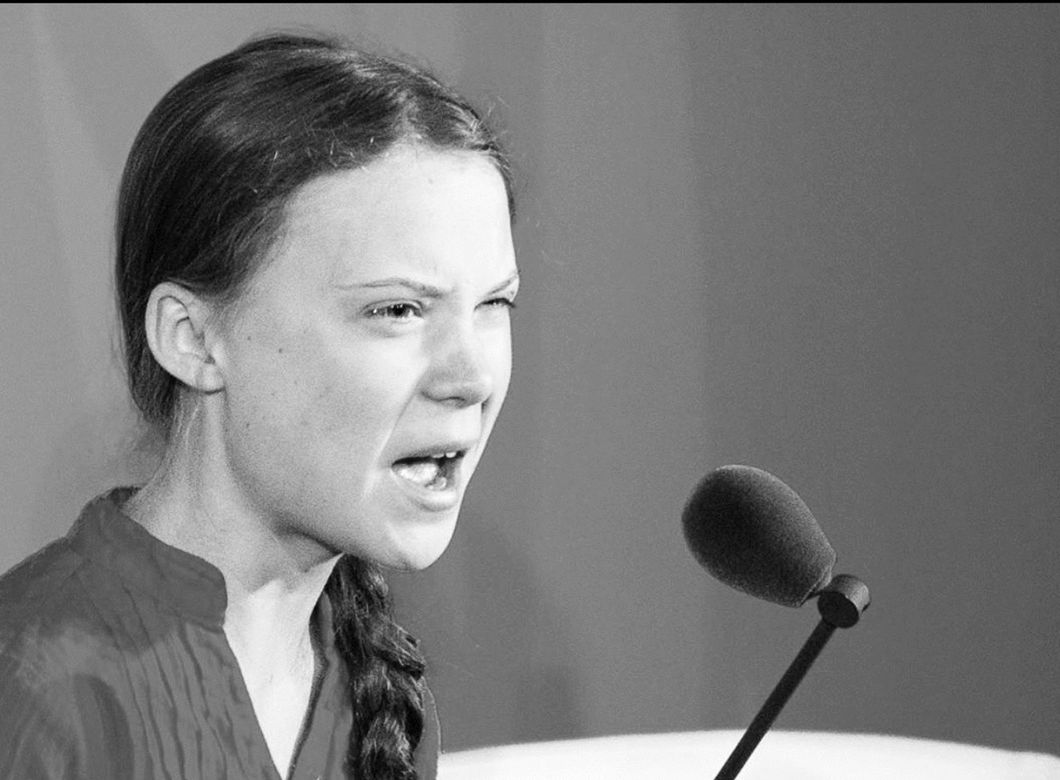
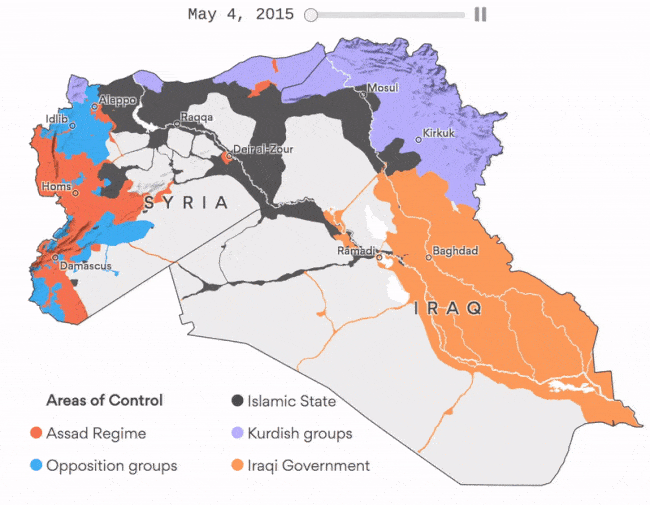





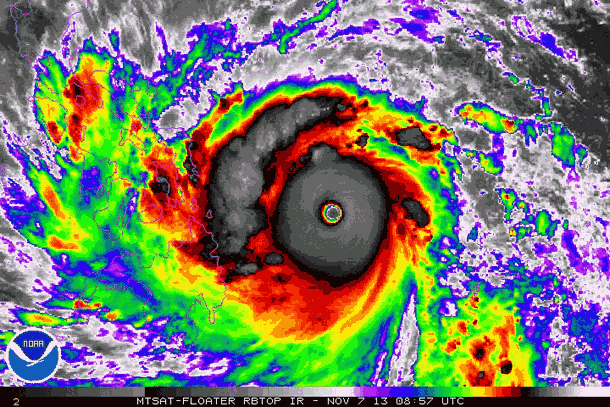


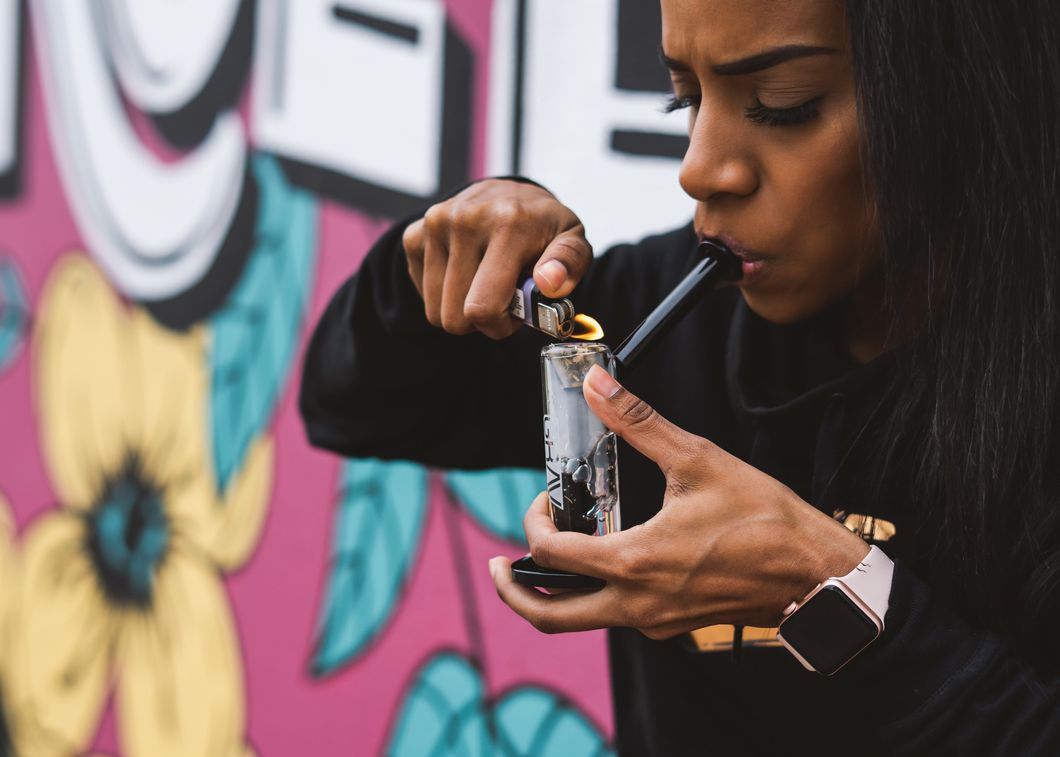
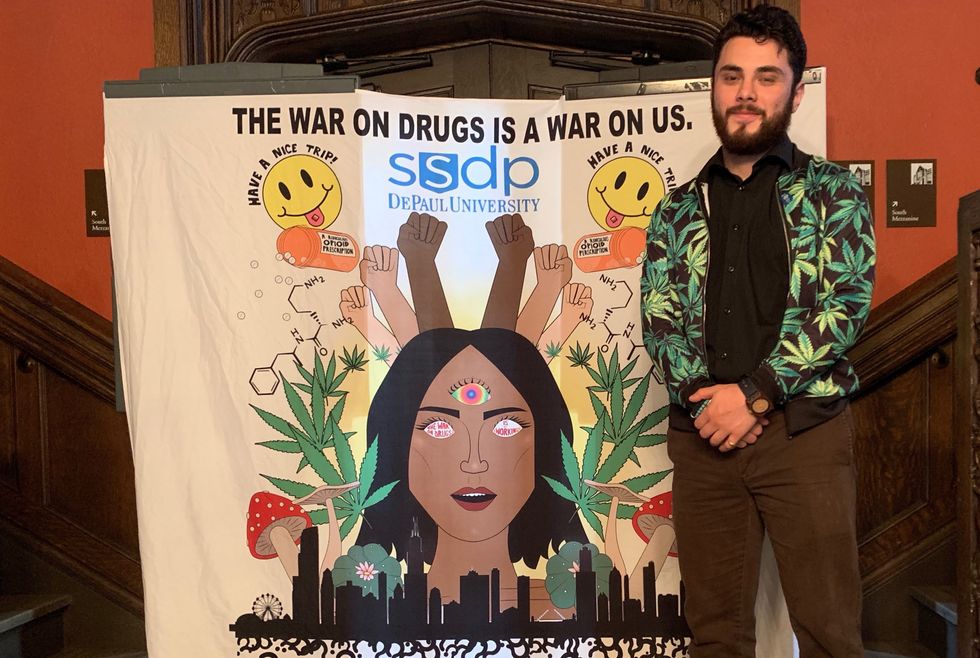
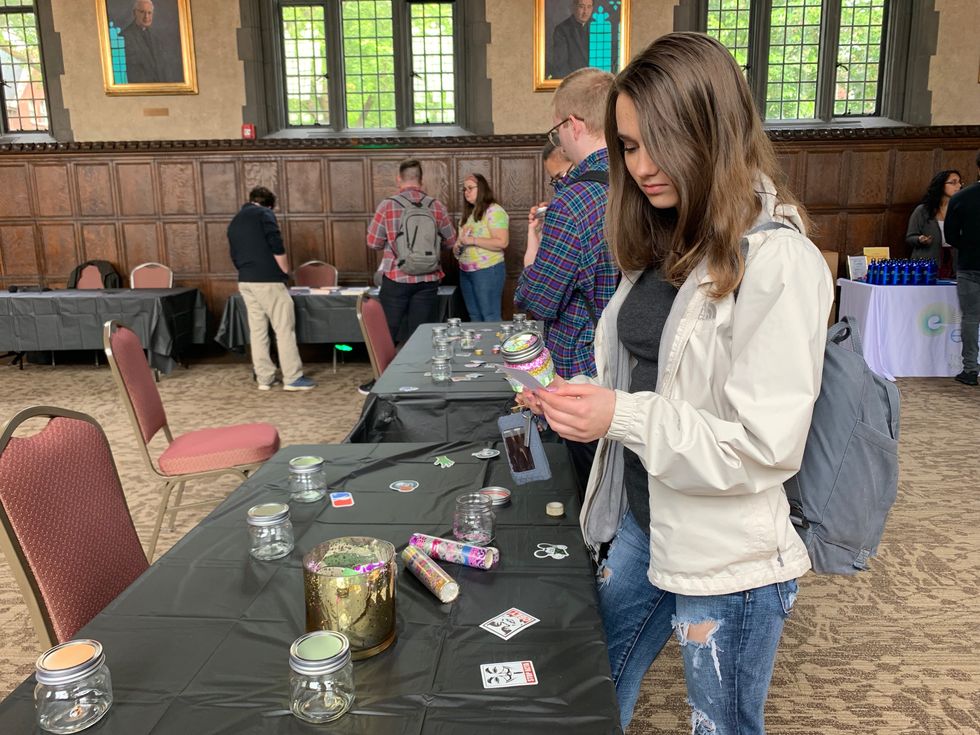 A DePaul student participates in arts and crafts at the expo.Photo by Ava O'Malley
A DePaul student participates in arts and crafts at the expo.Photo by Ava O'Malley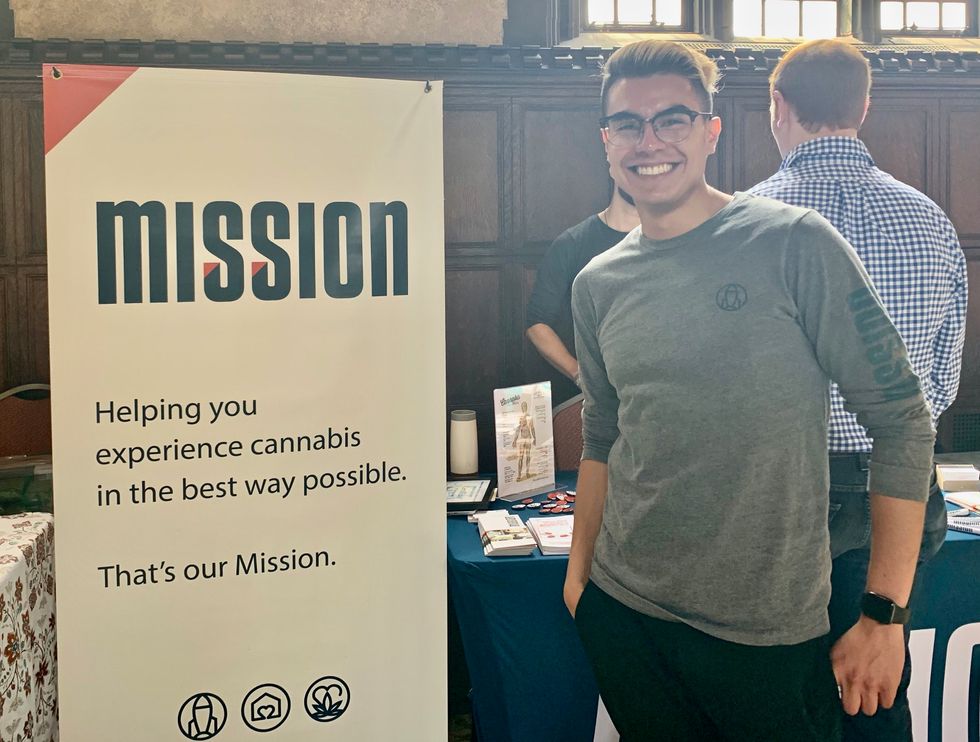 Mission representative Luis Vargas poses by stand. Photo by Ava O'Malley
Mission representative Luis Vargas poses by stand. Photo by Ava O'Malley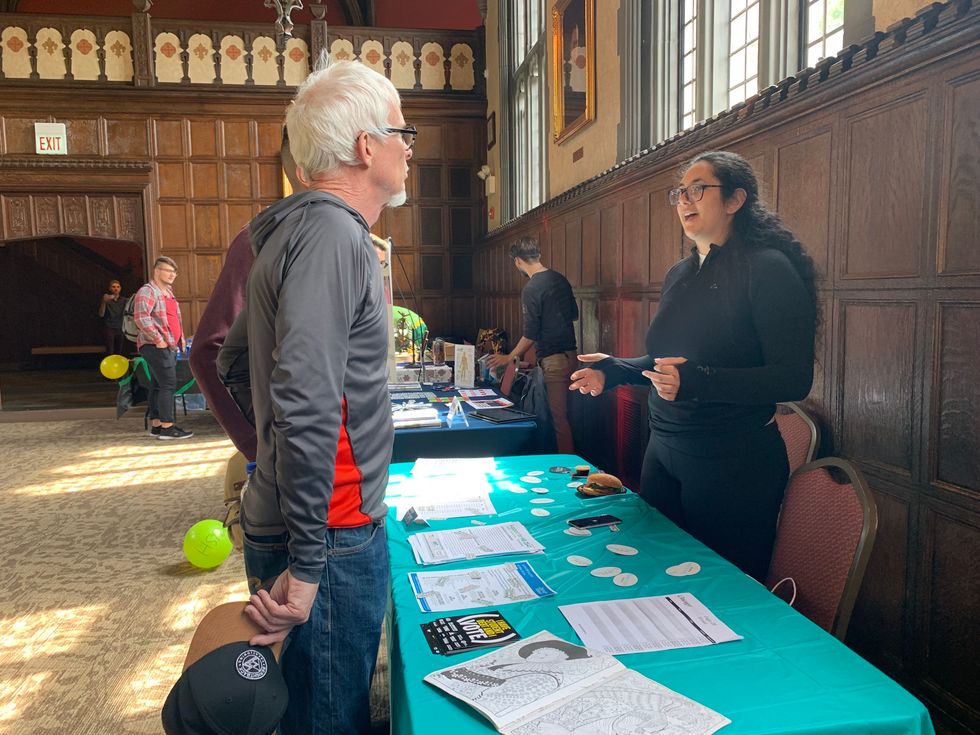 Expo guests listen to a representative.Photo by Ava O'Malley
Expo guests listen to a representative.Photo by Ava O'Malley


















